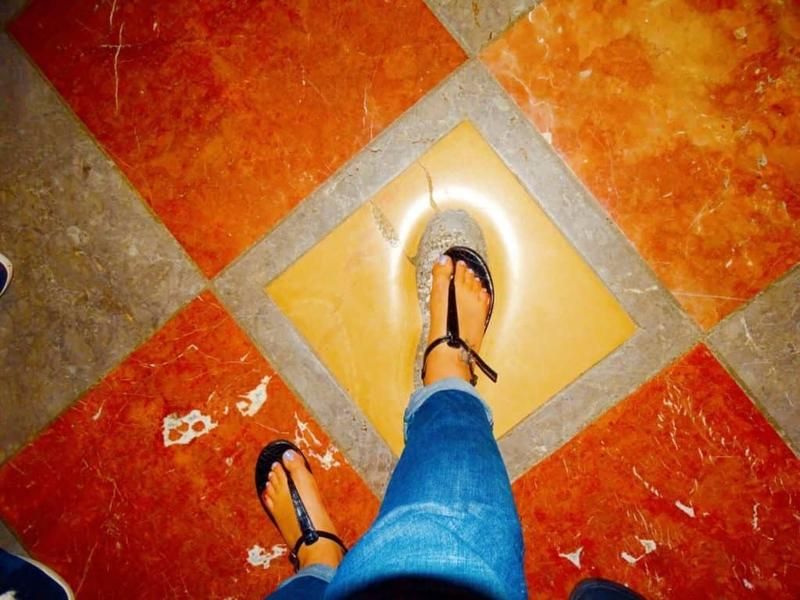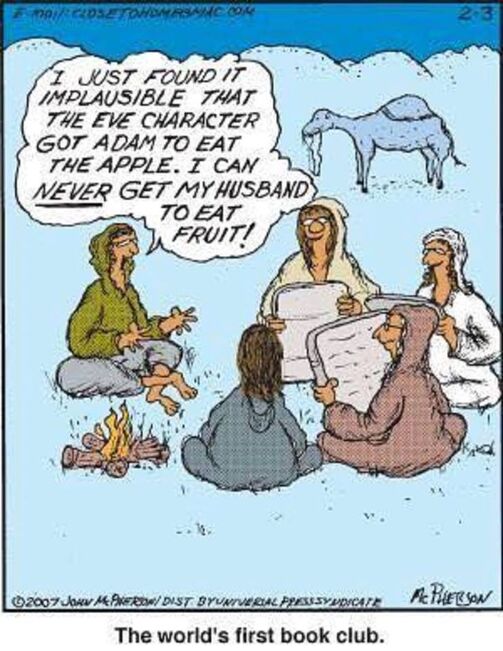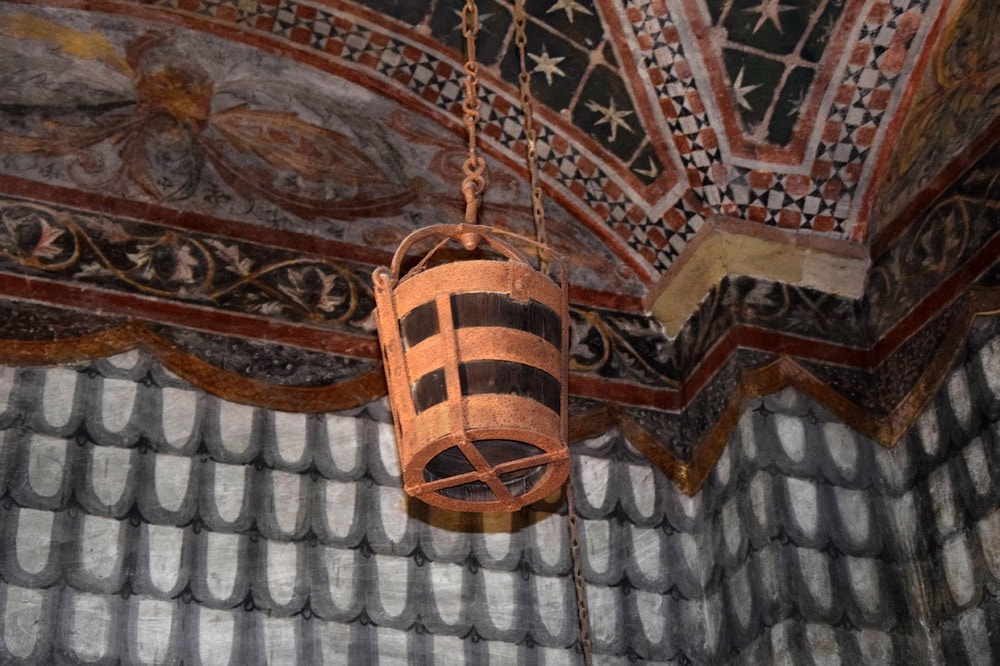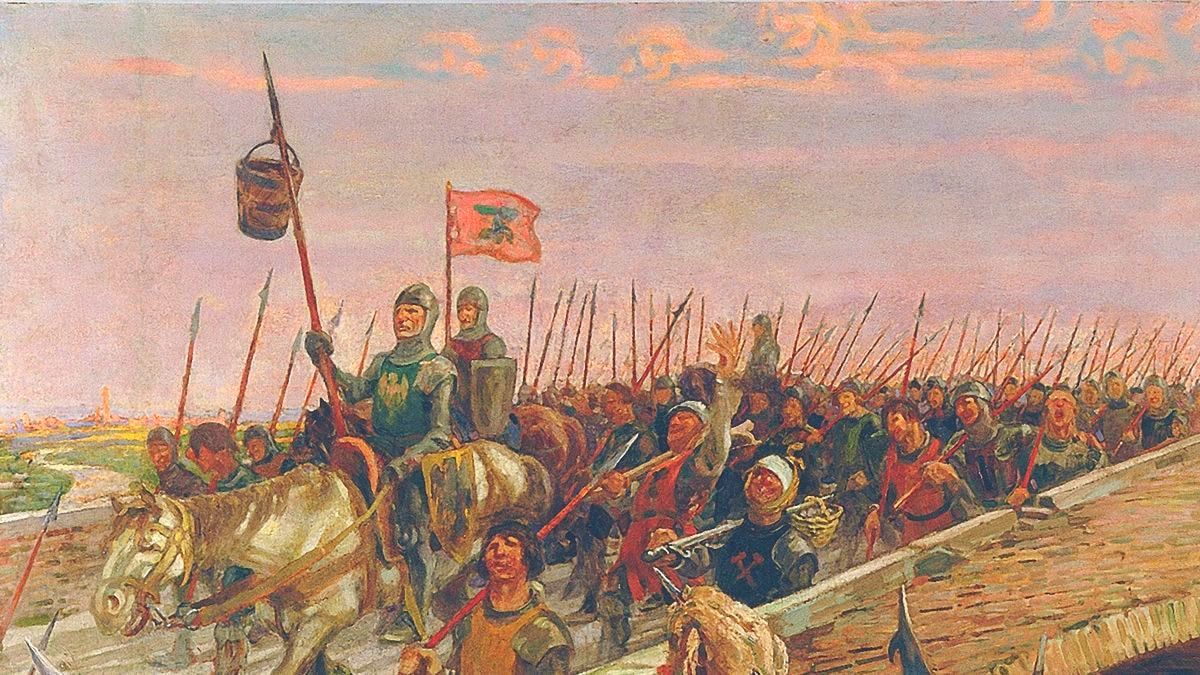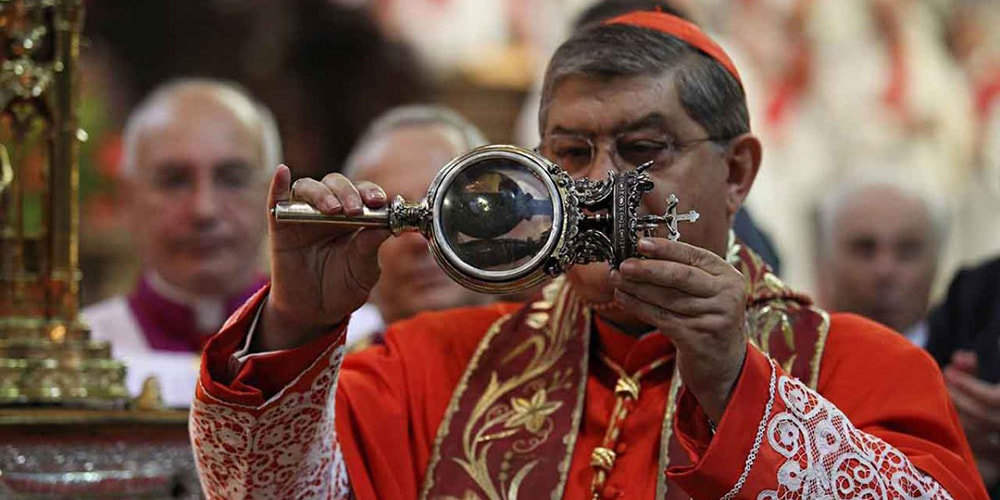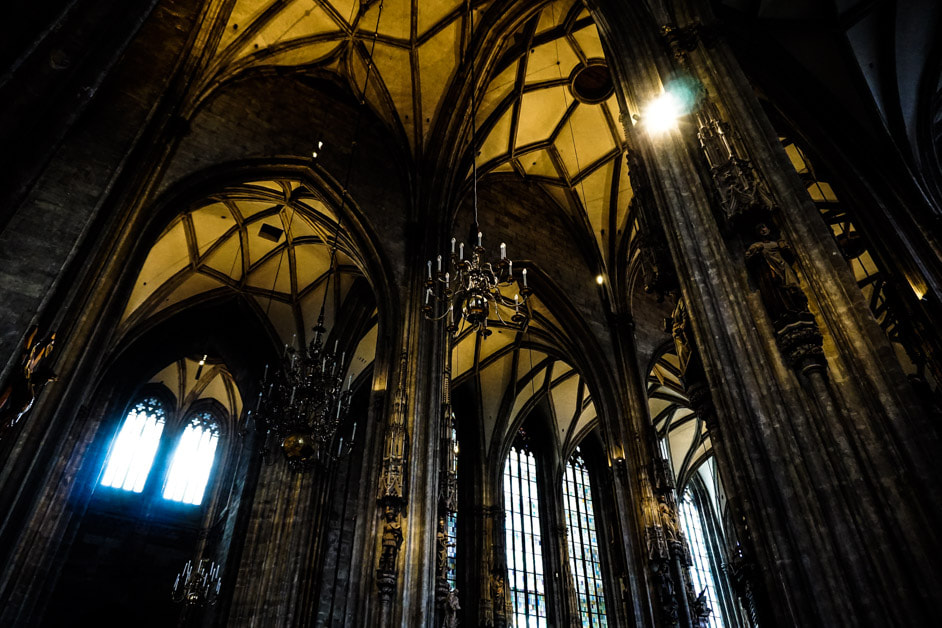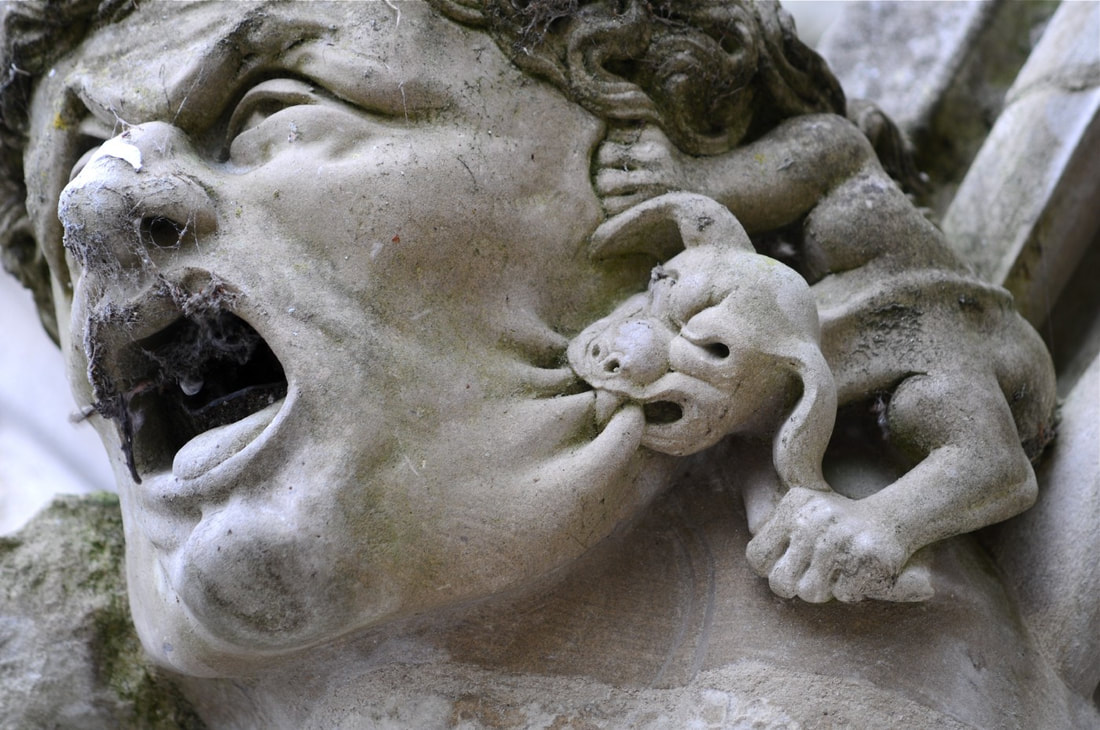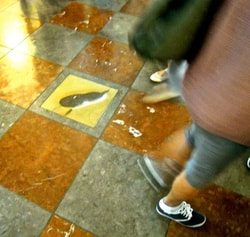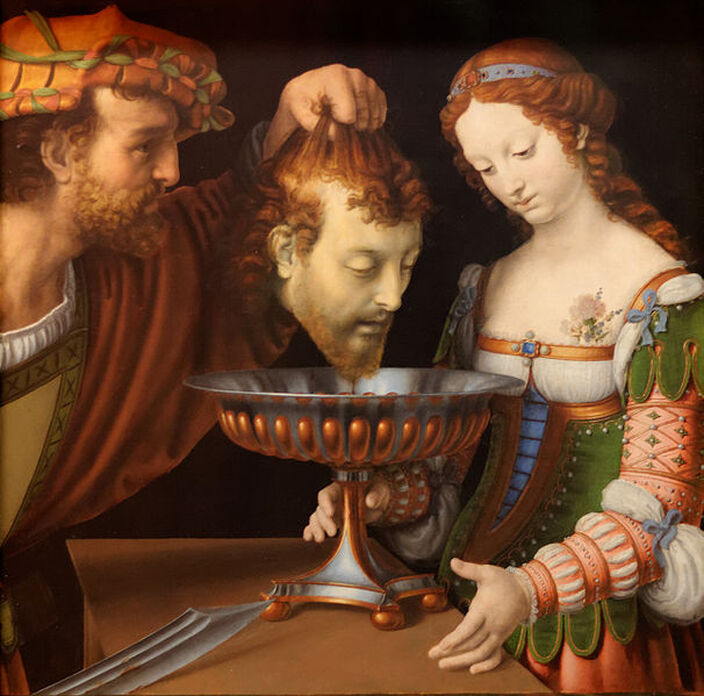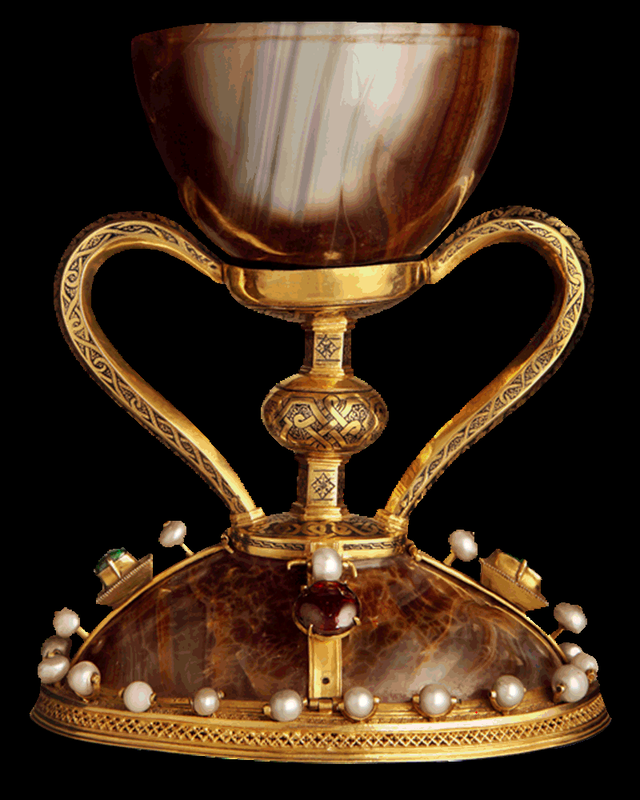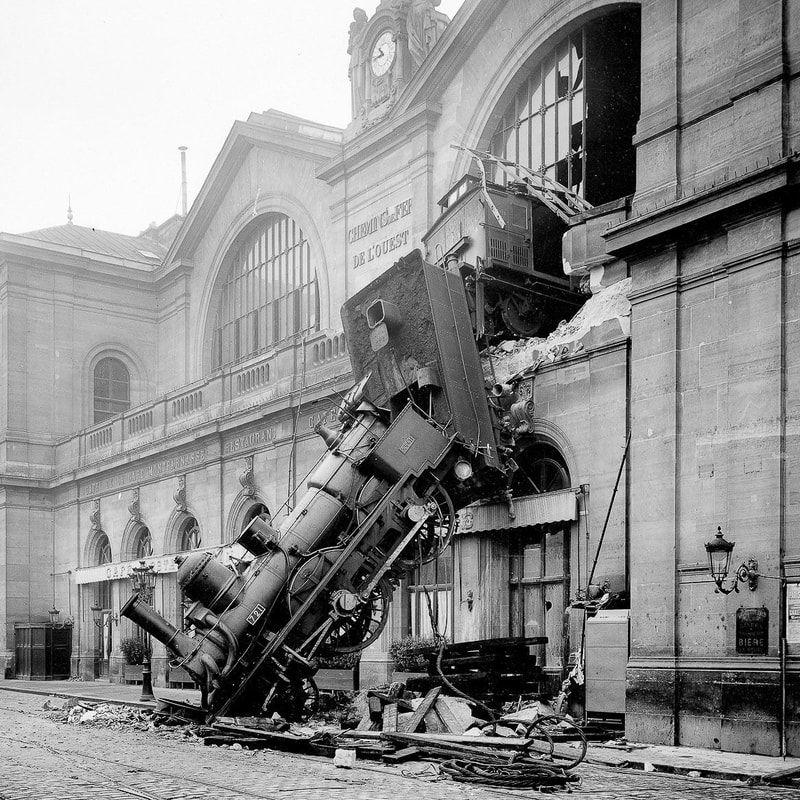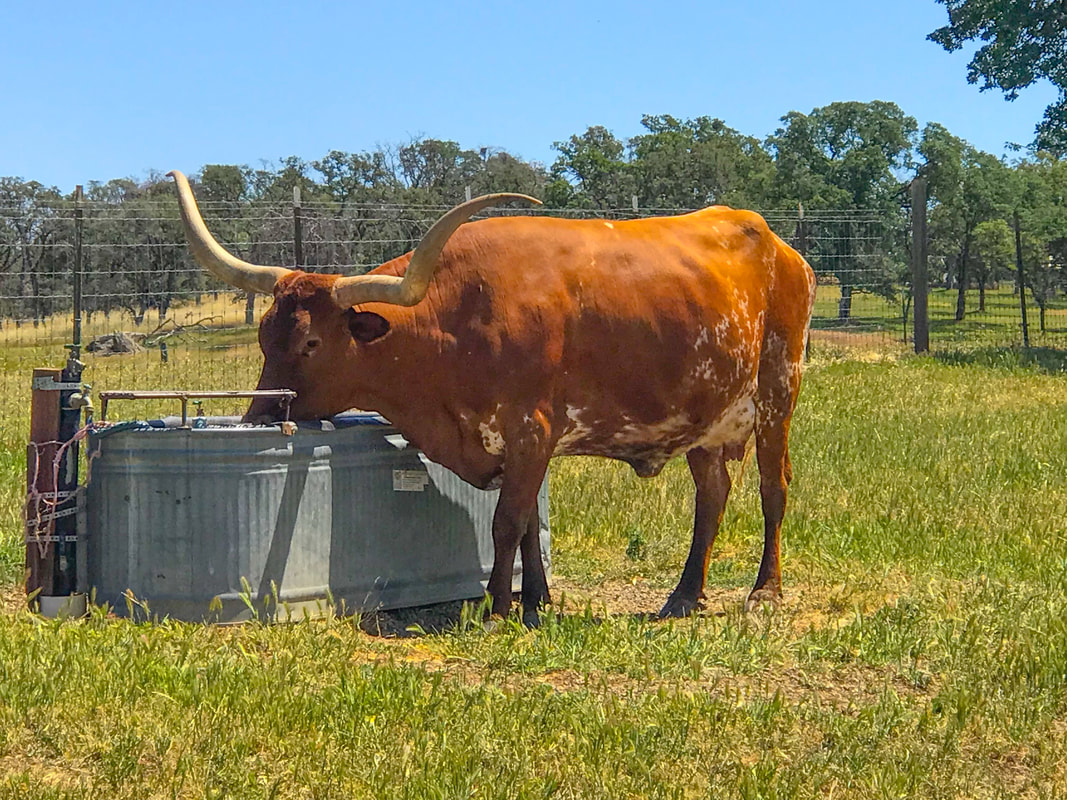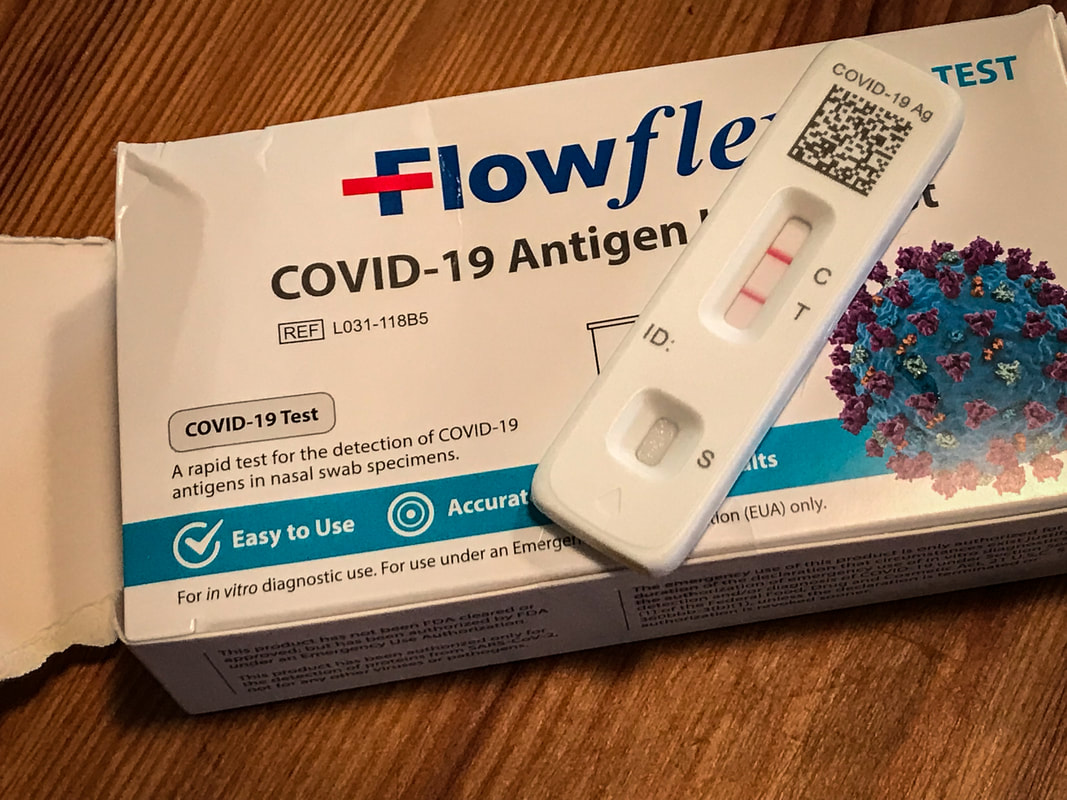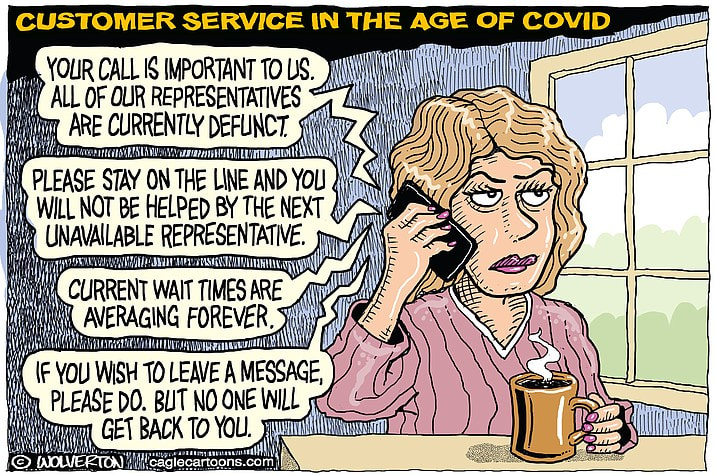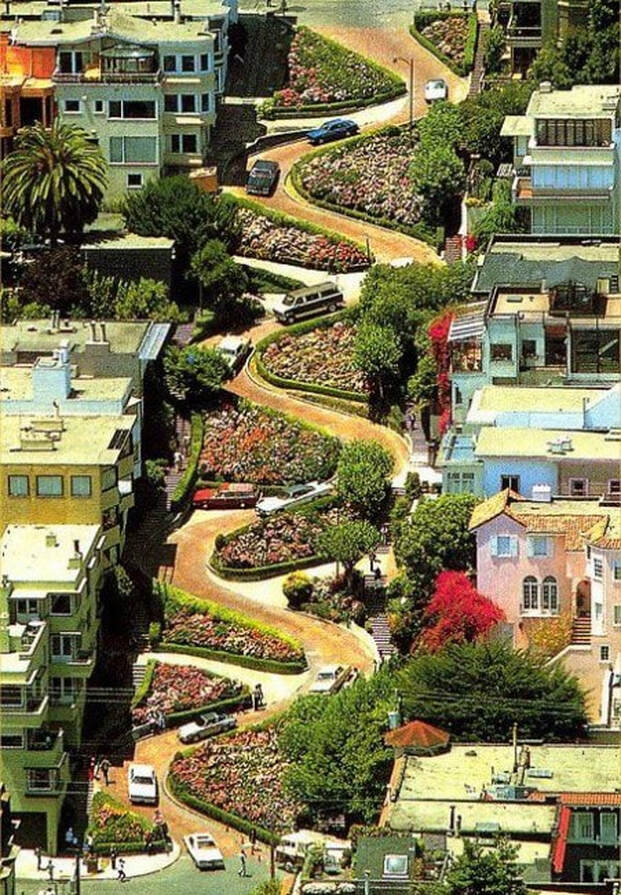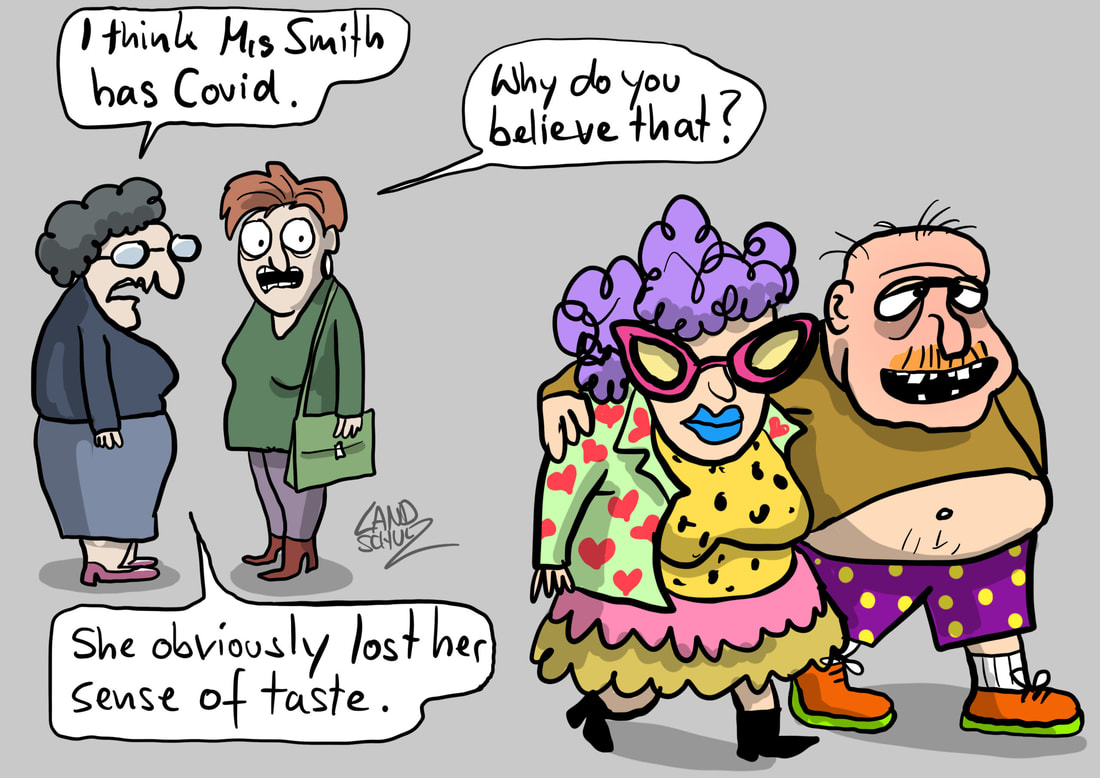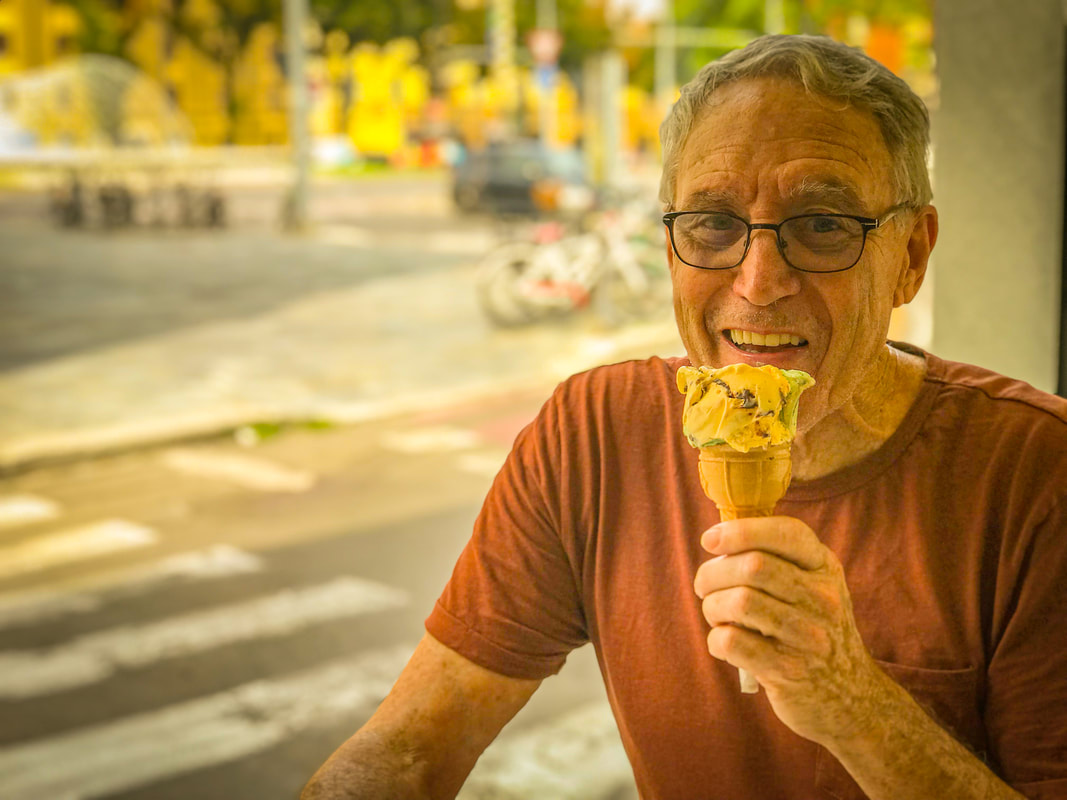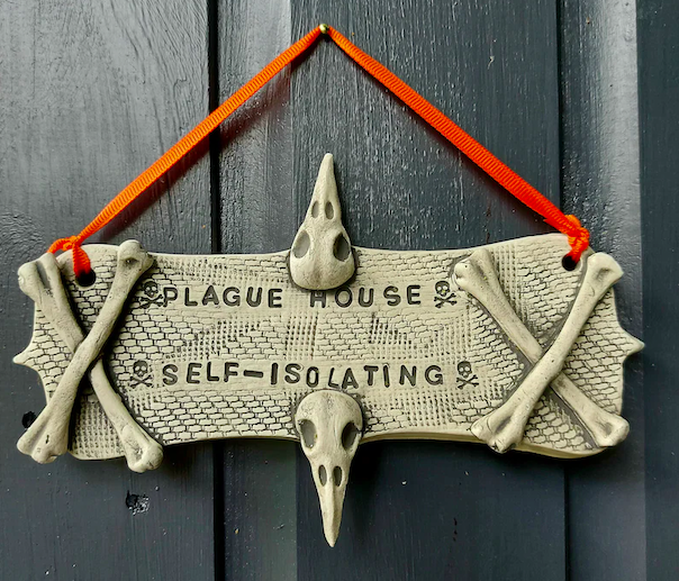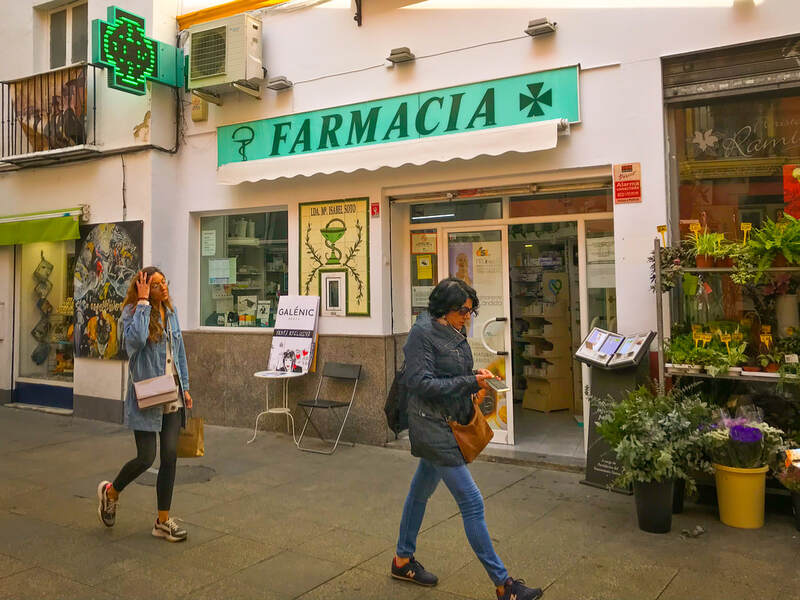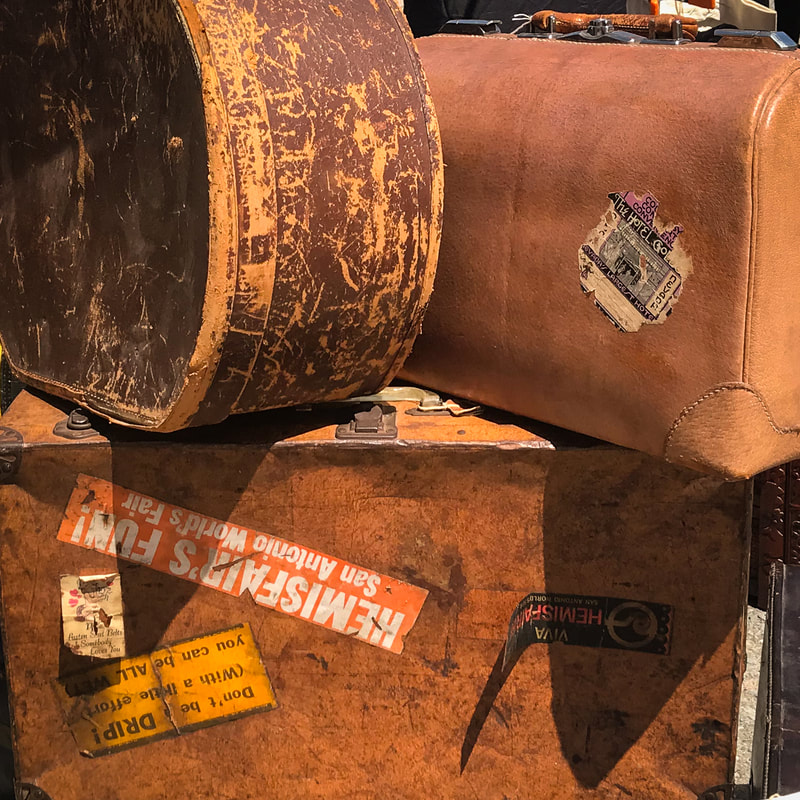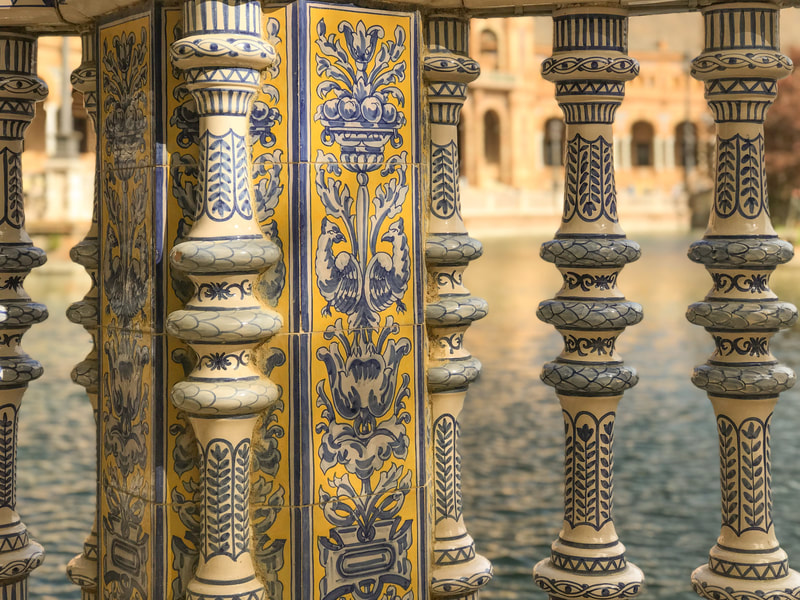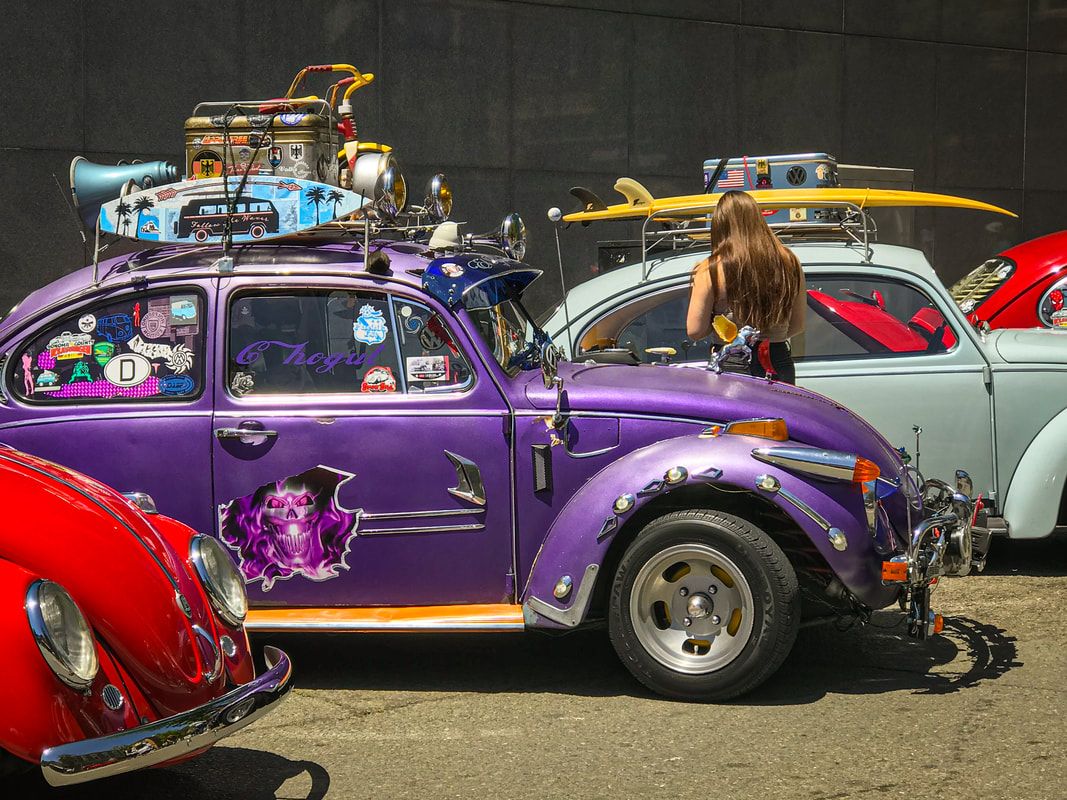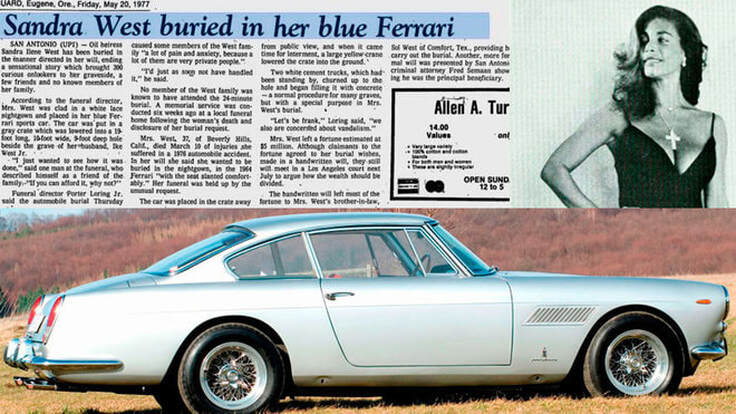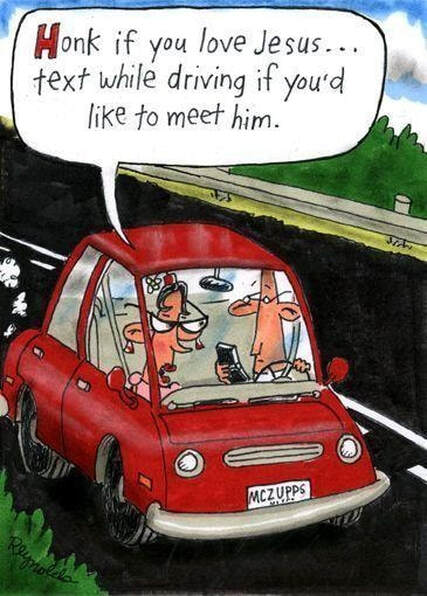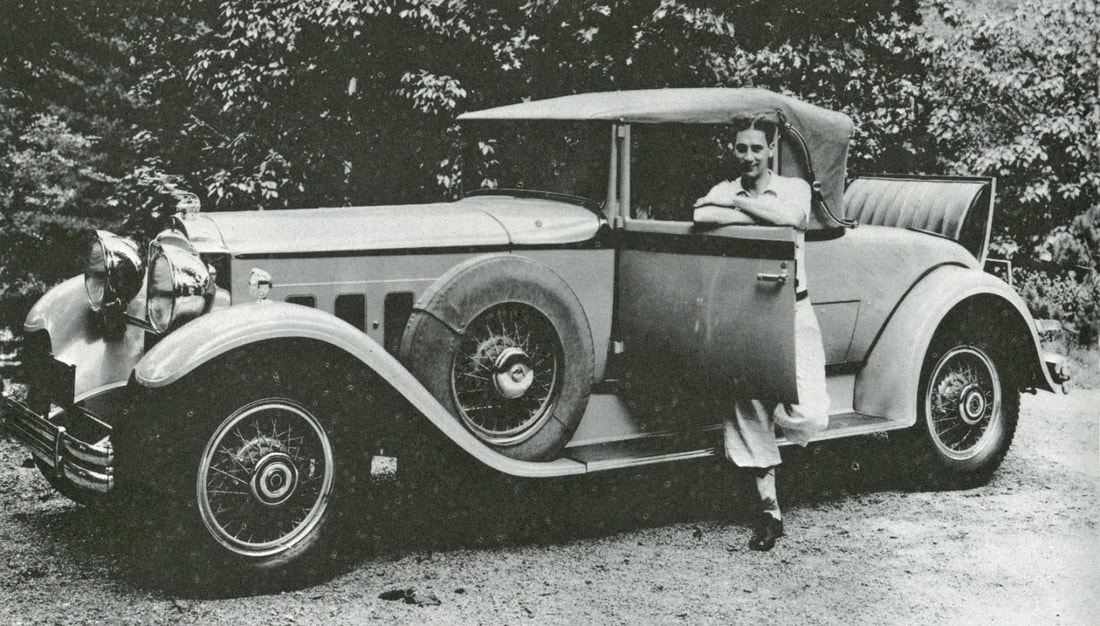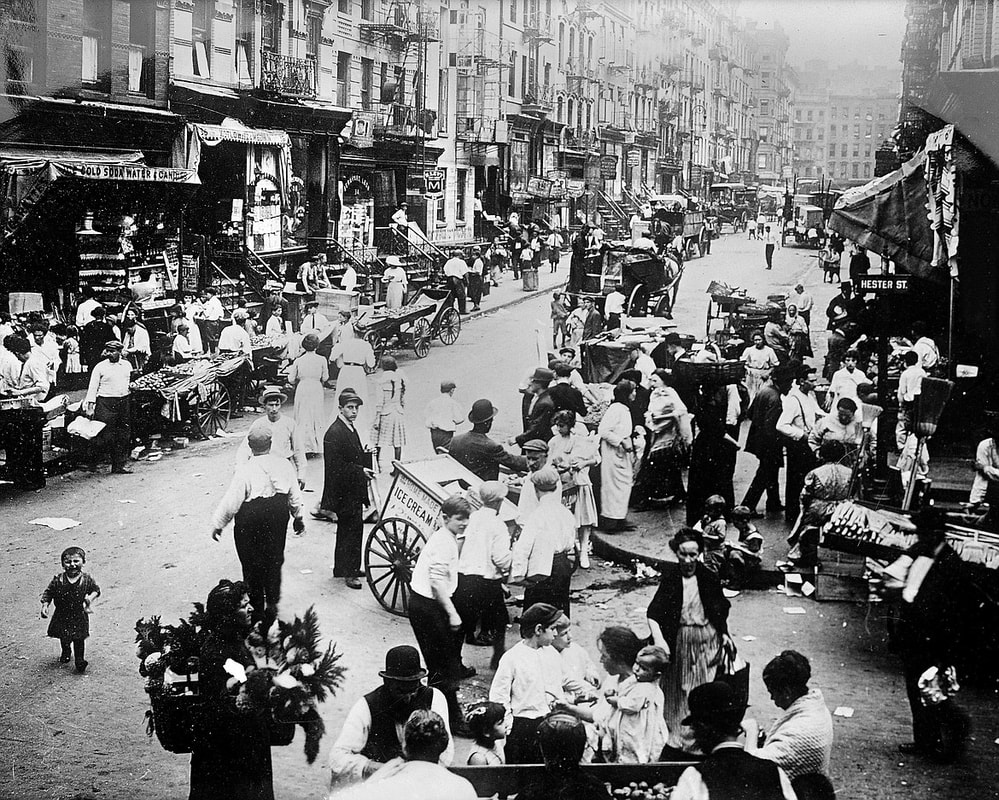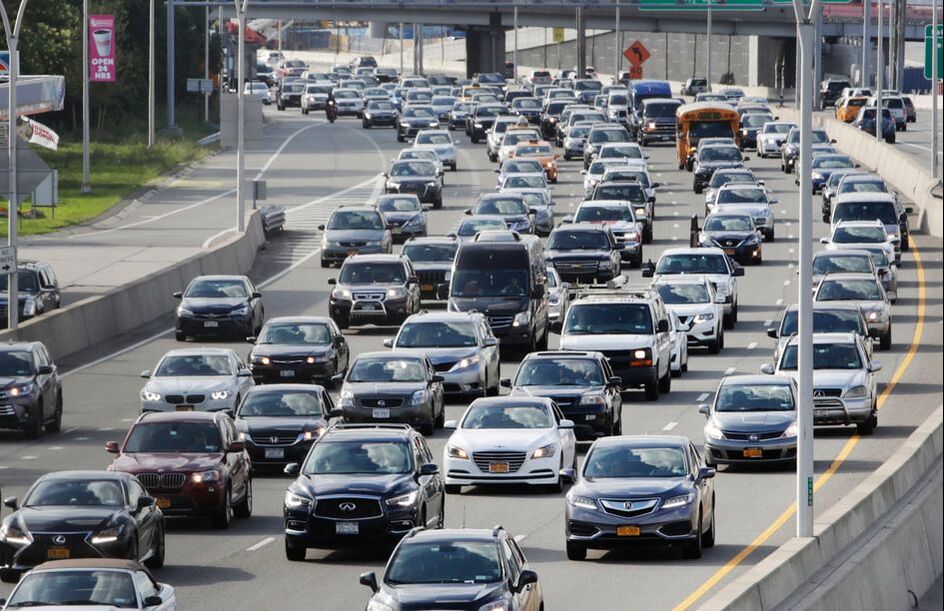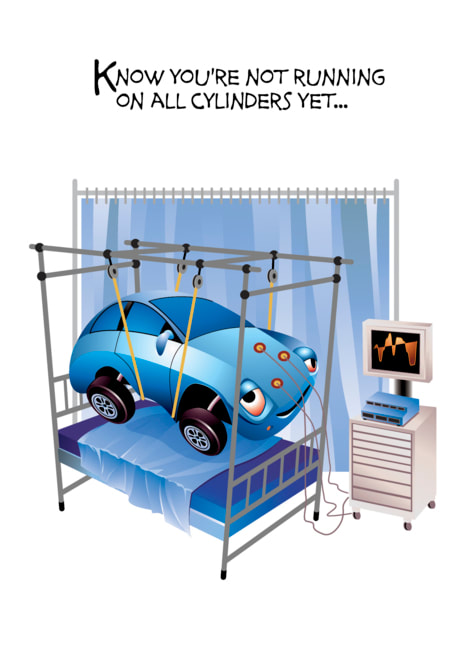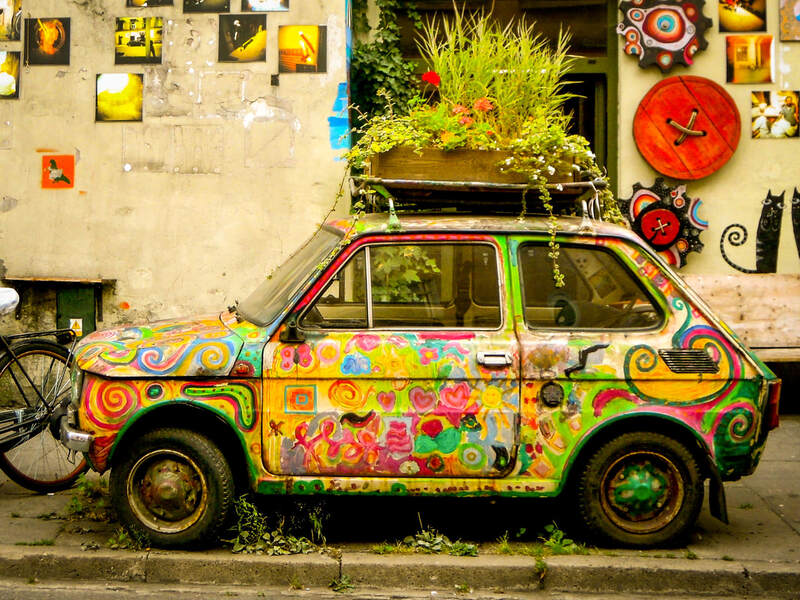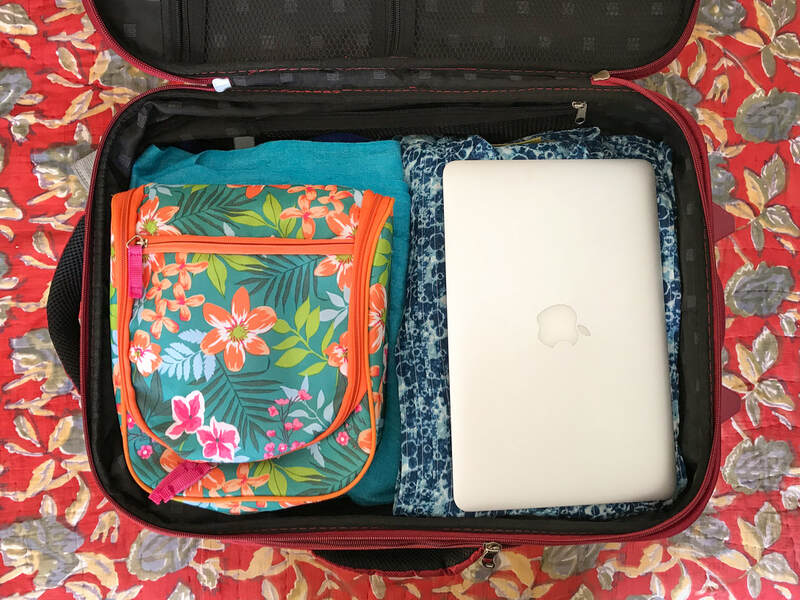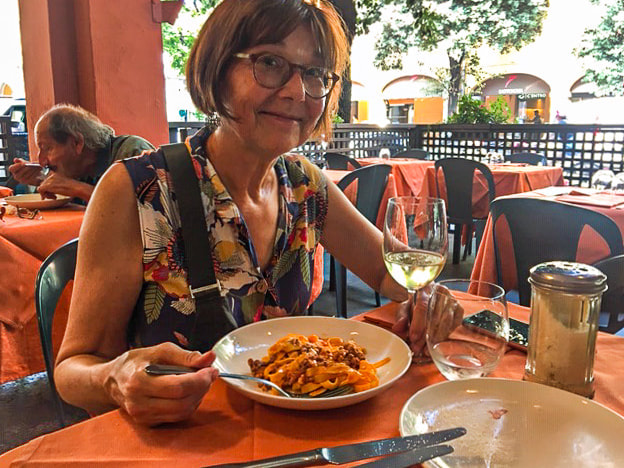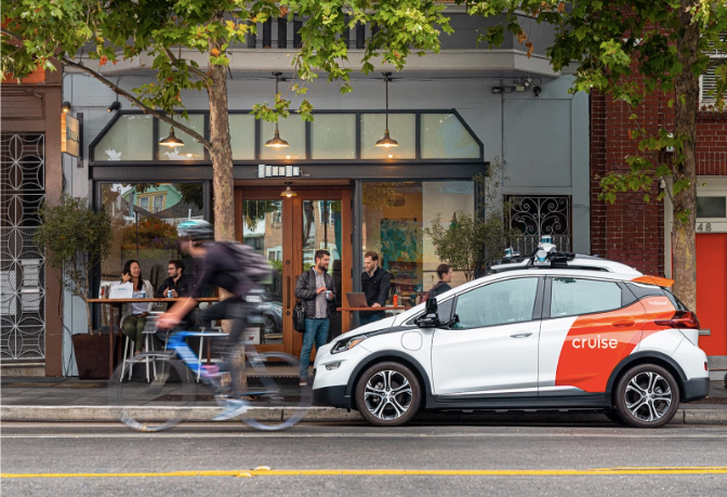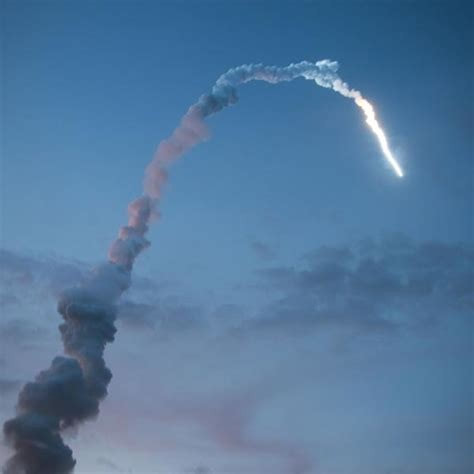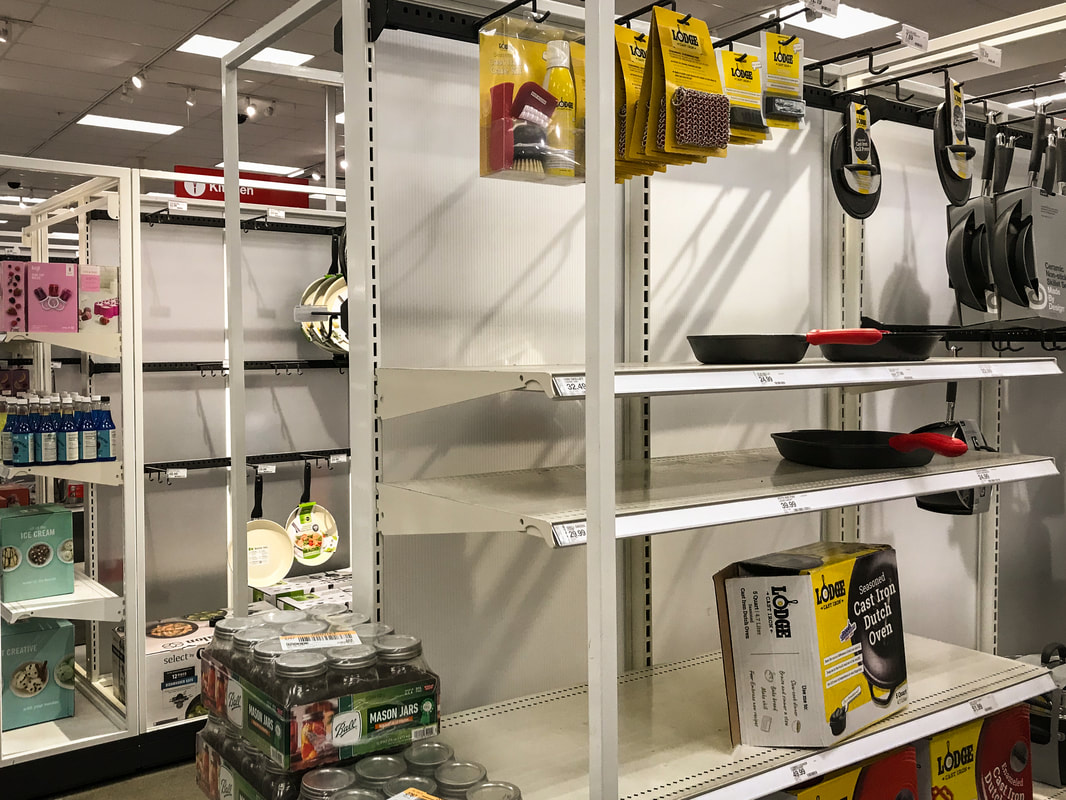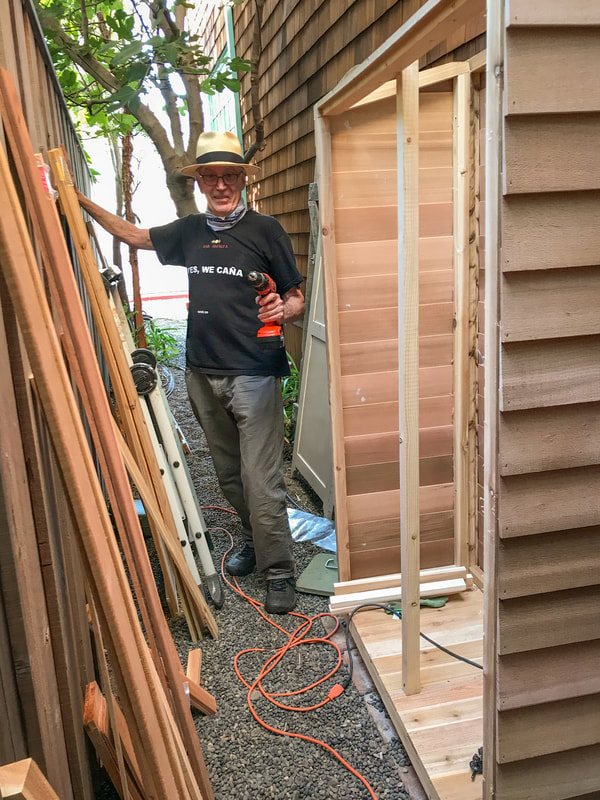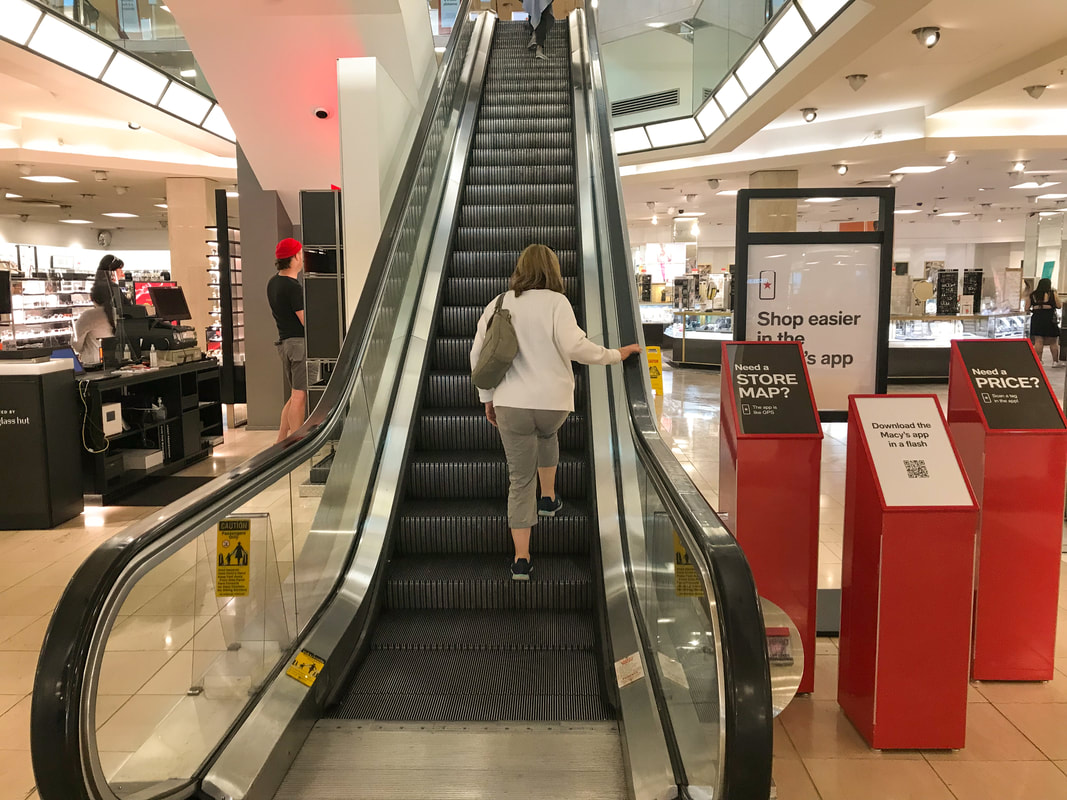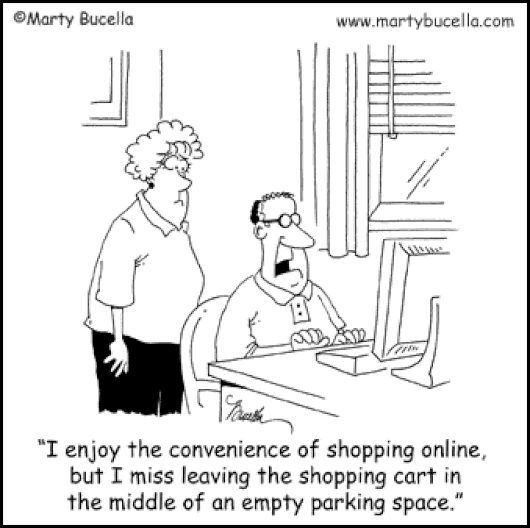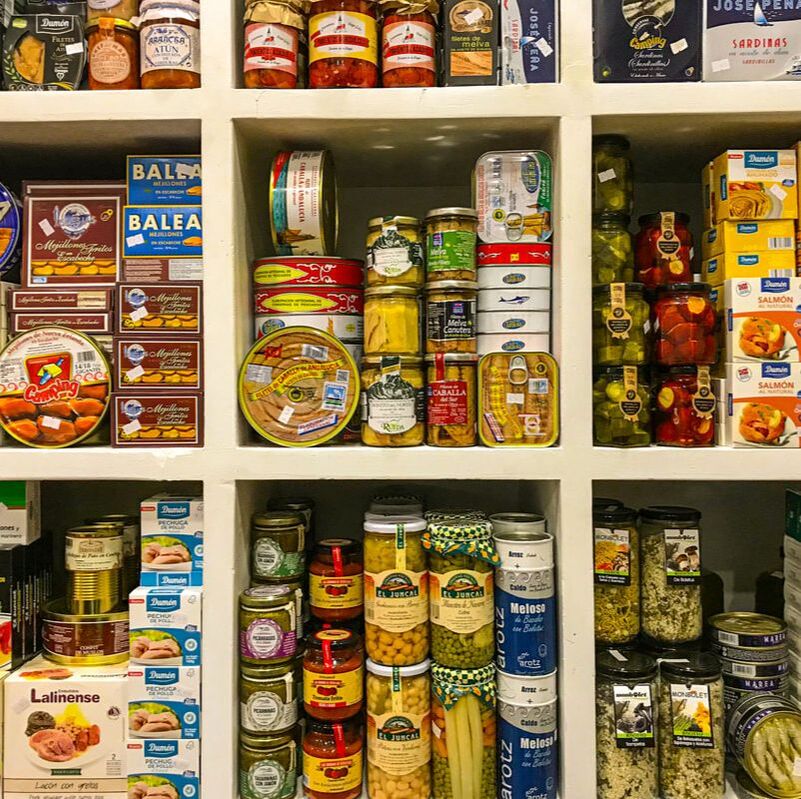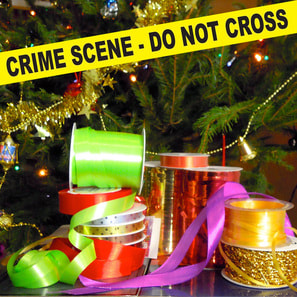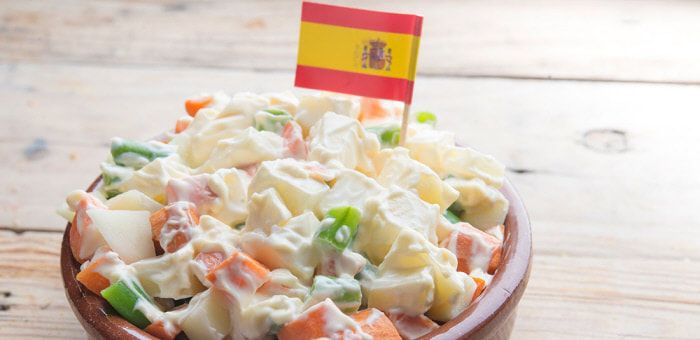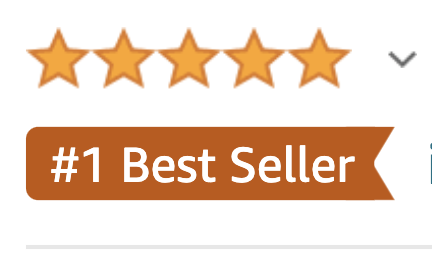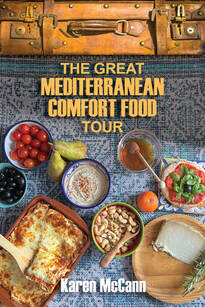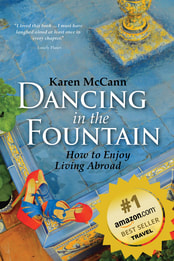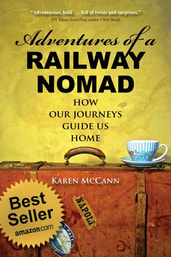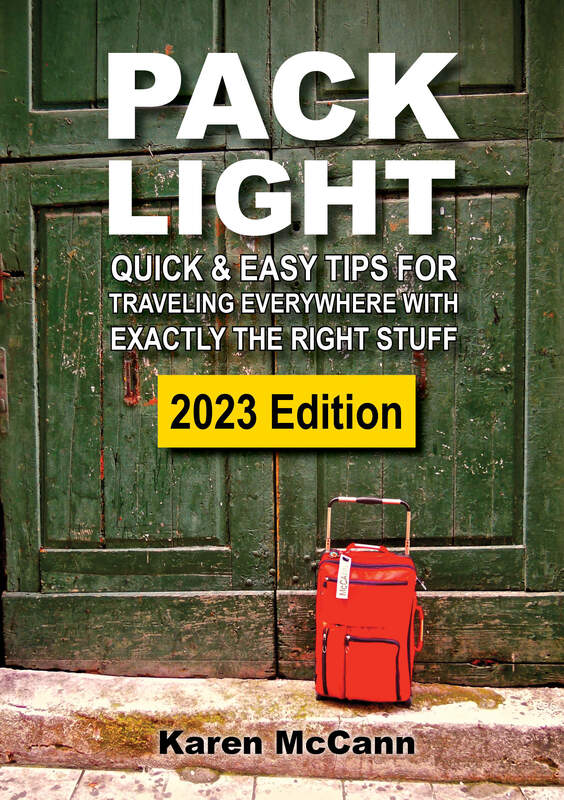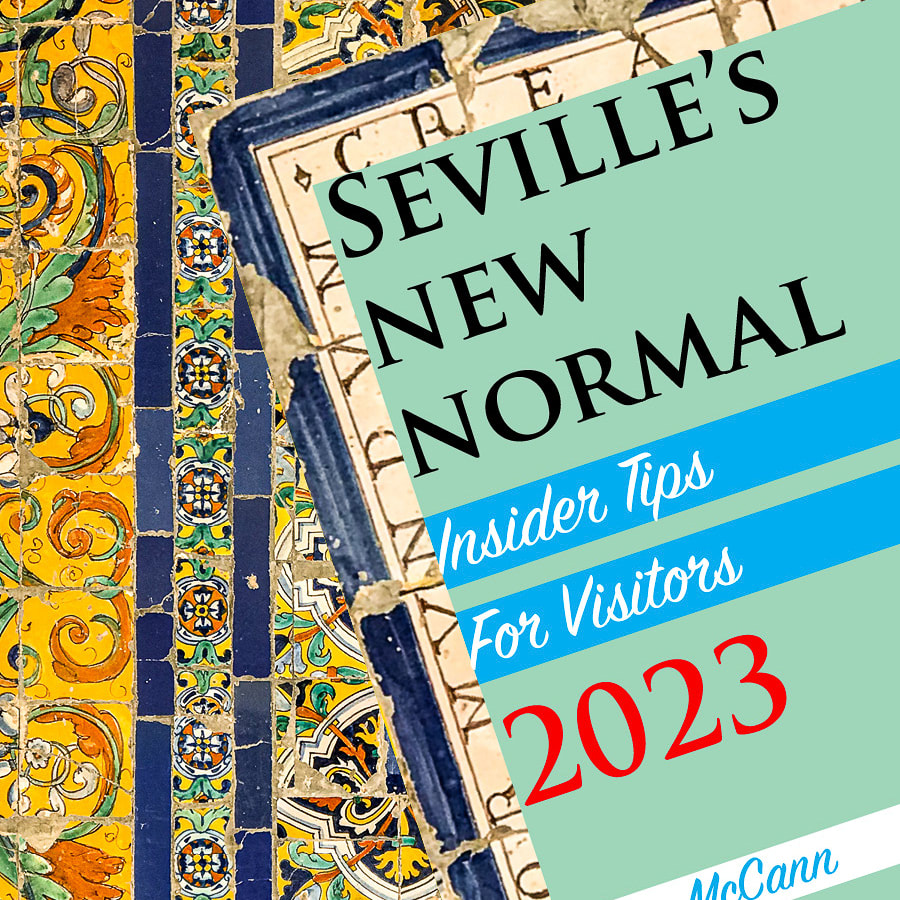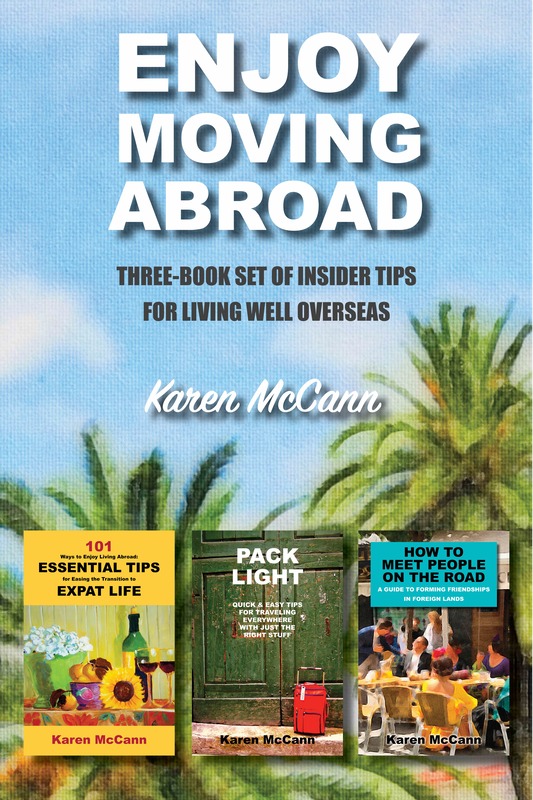|
“Travel is no longer just about ‘going somewhere.’ Coming out of such a long period of constraints and limitations, 2022 will be the year we wring every bit of richness and meaning out of our experiences.” Christie Hudson, Expedia I’ve been getting lots of emails from readers with questions about making the most of 2022’s wider travel opportunities. In an effort to keep up, this morning I was skimming a NY Times article. Hmmm, yes, as expected, “fewer restrictions … hotels with robots … sexual healing.” Wait, what? That’s a travel trend right now? Yes indeed, says the wonderfully named Schlomo Slatkin, a rabbi and relationship therapist who runs retreats in exotic locales offering “no blame, no shame” couples therapy. “Going away is really powerful, because changing the relationship requires a paradigm shift. The lockdowns brought out a lot of maintenance issues in relationships that need to be addressed.” Helping people rescue relationships that have run aground on the rocks of the pandemic — that’s a bit outside of my wheelhouse. I can, however, speak to the question of finding richness and meaning in our journeys. For instance, several readers have asked, “How can I keep my husband interested? All through Europe he keeps saying, ‘If you’ve seen one cathedral, you’ve seen them all.’” Perhaps the husband in question doesn’t fully appreciate just how quirky these old cathedrals really are. While theoretically built to praise the glory of God, they’re often monuments to human ego, one-upping the neighbors, finding a place to put all the weird stuff your ancestors brought back from the Crusades, making sure some miracles get attributed to the saint underneath the altar, and housing objects of local pride. In short, if you know how to read them, cathedral walls can be as sensationalist as today’s tabloid headlines. Say, for instance, you’re touring Modena, the lovely Italian town that gave the world Pavarotti, cars such as Ferrari, Lamborghini, and Maserati, and fancy balsamic vinegar. You might breeze through the cathedral without ever noticing the object that kicked off the War of the Bucket in 1325. At the time, the Holy Roman Empire and the Roman Catholic Church were locked in a power struggle for control of Europe. Modena backed the Empire; neighboring Bologna supported the Vatican. The two city-states engaged in many scuffles and skirmishes, with a few buildings torched here, an unlucky soldier ambushed there, and plenty of bravado and braggadocio all around. Then a few merry pranksters from Modena’s army had the bright idea of sneaking into downtown Bologna and stealing the wooden bucket from the city’s main well. As soon as they were back outside the gate, they brandished their trophy with appropriate expressions of derision and took off home. Bologna demanded the return of their property. Modena jeered. Bologna said to give it back or else! Modena scoffed. Goaded beyond endurance, the Bolognese declared war on Modena. Bologna assembled 30,000 foot soldiers and 2000 mounted cavaliers and marched to the advantageous high ground near what’s now the town Zappalino. Modena gathered just 5000 foot soldiers and 2000 horsemen on the plane below — but these were battle-hardened veterans who knew a thing or two about tactics. And by now, they were pretty fed up with the Bolognese attitude. It was just a bucket, for heaven’s sake! Where was their sense of humor? Time to get this over with. A few frenzied hours later, the surviving Bolognese were running for their lives, making a mad dash back toward their city’s main gate with Modena’s army whooping, hollering, and nipping at their heels. Modena’s troops then held a mock horserace in front of the enemy’s gate and tossed snarky remarks over the battlements at the seething Bolognese. After wallowing long and hard in their victory, Modena packed up to head home. Some versions of the tale claim that at this point they stole another bucket from a nearby well and waved it at Bologna in a mocking manner. I wouldn’t put it past them. The original bucket is locked away inside the cathedral, but the replica is on permanent display, a reminder that you mess with Modena at your peril. Of course, much of the real drama revolves around religious relics, which are bits of a saint’s body or possessions that are believed to have miraculous powers. For instance, the dried blood of St. Januarious, patron of Naples, is said to liquify in emergencies and is credited with saving the city from the eruption of Mt. Vesuvius in 1631. Nice work, Januarious! Paris claims possession of the actual crown of thorns placed on Jesus’ head during his last hours; it was in Notre Dame until the fire, when it was taken to the Louvre. More dubious sources suggest his beating heart lies beneath the Basilica of the Sacred Heart. Naysayers question the validity of many relics, including the three different foreskins said to have survived from Jesus’ circumcision (all were debunked). And what a miracle it would be if all six of St. John the Baptist’s heads (held in the Umayyad Mosque in Damascus, Rome’s San Silvestro in Capite, Munich’s Residenz Museum, Amiens Cathedral in France, a chapel in Antioch, Turkey, and a parish church in Tenterden, Kent) proved to be real. And then there are the impossibly anachronistic sculptures on Salamanca’s cathedral. Hidden among the sixteenth century carvings around the main door there’s an astronaut in a spacesuit. Naturally this has given rise to endless speculation about time travel, alien visitations, and ancient prophecies. Incredibly, not one of those theories is true; the figure was added during repairs in 1992. As is the custom with cathedrals, sculptor Jeronimo Garcia was given permission to add a few touches of his own and decided to have some fun. Just about every cathedral houses a spooky crypt, and few are creepier than the one below Vienna’s St. Stephen’s cathedral. During the Black Death (bubonic plague) of 1735, the eight cemeteries abutting the cathedral were emptied, and 11,000 bodies, old and new, were dumped into catacombs beneath the cathedral. Not surprisingly, the stench became so unbearable nobody was showing up for mass. What to do? A few unlucky prisoners were dispatched to go down and rearrange the remains, removing flesh and stacking bones neatly, skulls over here, femurs over there, etc. They never completed the task, so deeper sections remain in horrific disarray. In a more upmarket section, you’ll find the Ducal Crypt, which for some unfathomable reason contains 60 jars of imperial intestines, including the stomach of Empress Maria Theresa. (Suggestion: visit at Halloween.) My point is that cathedrals aren’t all about boring tributes to pious saints; they chronicle bizarre and blood-curdling chapters of our collective past. It's easy to scoff today, but many of these traditions have given countless generations a thrilling sense of connection with mystical forces beyond human comprehension. And they can add some excitement to your visit, too. Do a little research ahead of time, and you may find enough lurid tales to fascinate even the most reluctant travel companion, turning “just another cathedral” into a rich and meaningful adventure you’ll talk about for years. Speaking of warding off evil spirits, I am happy to report that Rich and I have recovered from Covid. We are testing negative and back among the living. Yay! Many thanks to all of you who wrote to wish us well. YOU MIGHT ALSO ENJOY
6 Comments
It’s not often you get to introduce someone to America for the very first time, and in the beginning I thought it all went rather well. Our teenaged goddaughter Ana arrived from Europe after an East Coast stopover, and she seemed gobsmacked to discover the West Coast is so . . . Western. We took her to Nicasio, an old rancher’s roadhouse among the dairy farms and cattle pastures, where a live band belted out rhythm & blues. We had to explain everything from the jackalope head above the bar to what Billie Joe MacAllister threw off the Tallahatchie Bridge. Her eyes were like saucers. Doubling down on the Western theme, we went to Rich’s sister’s ranch, where Ana saw longhorn cattle, met the family horses, and rode the ranch cart around wide open spaces. There was even a brief encounter with a cowboy — Stetson, spurs, silver belt buckle, the whole megillah. You’d have thought we’d introduced her to a Martian. “A real cowboy,” she said in awe. “I didn’t think they existed.” It was about this time that I began to get just a teeny bit concerned about my tickly throat. I always assume it’s just allergies, and it usually is, but just to be on the safe side, I’d taken a Covid home test before heading to Rich’s sister’s ranch. Negative. Whew! And yet after we got home, I started to feel kind of funky. Next morning I tested again. I think you can all guess where this is heading. After two years and two months of keeping this particular wolf at bay, it finally bit me. Damn. Of course, testing positive now, after double vaxxing and double boosting, doesn’t hold the same terrors it would have two years ago, or even last summer. I counted myself lucky. Yes, I was sick, but it was no worse than many a respiratory infection from my past, with the addition of the muzzy-headedness known as Covid fog. I decided to reconfirm with an official test, available at the pop-up hut around the corner. All I had to do was make an appointment online. Easier said than done! The form took forever: symptoms, insurance, credit card, photos of Medicare card, how many of my library books were currently overdue … OK, maybe not that last one, but just about everything else they could imagine. I filled it out five times, and it kept kicking back, insisting I couldn’t pay for the rapid test I wanted because I had Medicare. “This makes no sense. Must be my Covid fog,” I told Rich. “Let me try.” Two minutes later he was back. “You have an appointment in two hours.” “How did you do it?” “I lied. I told them you didn’t have Medicare.” The man’s a genius. I masked up, shuffled around the corner, and presented myself at the hut. I was coughing and sneezing so badly I could tell the medical technician was thinking, “Why bother, honey? I can tell from here how this is going to come out.” But we went through the ritual and reconfirmed my positive status. My husband and house guest sensibly decided it was time for a road trip. In an excess of caution they wore masks and kept the car windows open as they rolled across the Golden Gate Bridge and meandered around San Francisco, giving Ana her first glimpse of the city. Rich navigated Lombard Street, “the crookedest street in the world,” and showed off such famous landmarks as Fisherman’s Wharf, Chinatown, and Alcatraz before stopping at a taco truck for lunch. “What did Ana think of San Francisco?” I asked him later. “She was excited and enthusiastic about everything. Kept shouting ‘Wahoo!’” Ana may have loved her San Francisco tour, but she wasn’t keen to spend more time at our place — or as we were beginning to refer to it, the Plague House. By a stroke of enormous good fortune, she had friends in the area who, learning of her plight, offered her safe haven. She took off, and who could blame her? Meanwhile, I began taking the antiviral Paxlovid, said to reduce Covid’s severity and duration. Did it help? Who can really tell? All I know is I’m getting better. The main side effect is a strange, persistent, metallic taste in my mouth. After rigorous yet totally unscientific testing, I’ve determined that that the best way to offset the yucky taste, if only briefly, is by eating graham crackers. I pass it along for what it’s worth. And then Rich tested positive. As deeply sorry as I was to hear it, my life perked up considerably. Rich and I no longer had to mask up around each other or sleep in separate rooms, and instead of being banished to the bedroom, I now had free run of the house and garden. My germs could do no further harm to him or anyone else. As we’d notified everyone in our orbit of my illness, nobody was coming within a mile of us. After a few miserable days, Rich felt somewhat better. His biggest complaints? A sore throat, for which he is taking copious amounts of lemon sorbet, and the metallic taste caused by the Paxlovid, for which he takes yet more lemon sorbet. It’s a tough regimen, but he’s bearing up manfully. Rich also had some Covid fog, which is why I was a bit worried when he decided we ought to use this time productively and fill out our absentee ballots for the upcoming election. They’d just arrived by email, and we opened them up and did our best to make sense of them. It took us hours to study the list of candidates, find the candidate statements online, read them, read them again because we’d already lost the thread, and then go over them once more. We studied the photos, made snarky remarks, read the candidate statements a final time, and picked someone. Then we’d move on to the candidates for the next public office. At the end I said, “So, we’ve voted for Obama for president and Nixon for dog catcher. I think that went rather well.” Two days ago we started feeling strong enough to go for short, slow walks around the neighborhood, heavily masked and taking good care not to get within thirty feet of anyone. “Shouldn’t we be ringing a bell and shouting, ‘Unclean! Unclean!’ — you know, like medieval lepers?” I asked. “Not with my sore throat.” Rich and I are slowly getting better, but this morning’s home tests confirmed that neither of us is out of the woods yet. Ana is off on her next adventure — an internship on an organic farm. It’s not far away, but I don’t think we’ll be seeing her or anyone else any time soon. For now, we’re puttering around the house and garden, reading, trying to find something on Netflix we haven’t seen three times, and waiting it out. So that’s the story of my week. How was yours? Well, that was fun! Want more?
Sign up to receive notices when I publish new stuff. LEARN ABOUT FREE UPDATES HERE I do my best with technology, but occasionally readers report snags when signing up for the blog or stop getting notices each week, usually due to spam filters. If that happens, send me an email and I'll fix it. [email protected] “What a week!” a neighbor once told me. “Yesterday I pulled up at the curb by my favorite restaurant and hit the brake. Only it wasn’t the brake, it was the accelerator, and I shot forward — right through the wall of the kitchen. The owner, who’s a friend of mine, stuck his head out the opening and said, ‘I take it you want this order to go?’” Some of life’s best and worst moments happen in cars. Contrary to what we see in the movies, not many of us — fewer than eight in 10,000 — are actually born in them. (And that’s a good thing; just ask Jia-Rui Cook who gave birth in the cramped front seat of a Prius.) For the rest of us, vehicles start looming large in our personal narratives the day we come home from the hospital. Like so many of my generation, getting a driver’s license was my most meaningful coming-of-age ritual. Buying my first car made me feel like a real grownup. And as for early romantic adventures — no, I’m sorry, those records are permanently sealed. A 2019 study showed Americans averaged more than eight hours a week behind the wheel and — here’s the worrying part — 64% actually consider their car a friend. Almost half reported crying when saying goodbye to a vehicle and 15% said they’d rather break a bone in their own body than see their car suffer a breakdown. Two thirds service their car more often than they go to the dentist. Science has a name for this type of obsession: objectophilia. Here in California, it’s so common we scarcely notice it any more. LA-based automotive journalist Robert Ross says it all started a hundred years ago. “The automobile stood for more than freedom of movement and “Westward Ho!” exploration, of course, and still does. It was never merely a matter of arriving at Point B from Point A — one had to get there in style, whether cruising the boulevard or driving a getaway car… The motorcar has —over the course of a century — become the accessory that defines its driver.” So how did the cars of earlier eras define us? Going by last weekend’s May Madness Classic Car Show in nearby San Rafael, those vintage vehicles were glorious technicolor statements to the world that we were bold, exciting people ready to go places and look life in the eye. Nowadays, it’s easy to criticize these old gas guzzlers as the villains that helped destroy the planet. But modern cars have a lot to answer for as well. “Considering the constant fatalities, rampant pollution, and exorbitant costs of ownership,” says The Atlantic, “there is no better word to characterize the car’s dominance than insane.” Vehicle pollution is damaging the environment and accounts for the premature deaths of 53,000 Americans a year. And then there’s the economic cost. “More than 80 cents of every dollar spent on gasoline is squandered by the inherent inefficiencies of the modern internal combustion engine.” Morgan Stanley calls it the “world’s most underutilized asset,” because it sits idle 92% of the time. Dangerous, costly, inefficient ... remind me again why Americans are in love with their cars? “This ‘love affair’ thesis is,” says historian Peter Norton, “one of the biggest public relations coups of all time. It’s always treated as folk wisdom, as an organic growth from society. One of the signs of its success is that everyone forgets it was invented as a public relations campaign.” That campaign's voice was (drum roll, please) Groucho Marks, who launched it during a 1961 TV show sponsored by DuPont, which was heavily invested in General Motors. At the time, Americans were in an uproar over the expansive new interstate highway system destroying and disrupting neighborhoods — pushing “white men’s roads thru black men’s homes,” as some put it. Groucho framed the story more romantically. The driver was the man, the car — he called her “Lizzie” — was the new girl in town, and their “burning love affair” was wedded bliss, albeit with a few challenges. “We don’t always know how to get along with her, but you certainly can’t get along without her. And if that isn’t marriage, I don’t know what is,” said the comedian, who was married and divorced three times. Groucho’s broadcast “successfully helped seed two ideas that have been entrenched ever since: that we’re bound to cars by something stronger than need, and that people who challenge that bond are just turning up their noses at their fellow Americans,” said the Washington Post. That’s why our cities are friendlier to car traffic than foot traffic. And why, with the help of the auto industry, the new crime of jaywalking was invented, redefining pedestrians, rather than cars, as the menace to society. Except for dense urban areas like New York City, surviving without a car is really tough. Public transit is woefully inadequate. Studies appear to suggest Americans love automotive travel, but in reality, says historian Peter Norton, we put up with it because we have no other practical choice. “If you locked me in a 7-Eleven for a week, and then after the end of the week unlocked the door and you studied my diet over the previous seven days, then concluded that I prefer highly processed, packaged foods to fresh fruits and vegetables, I would say your study is flawed.” Some 69% of Americans say they like to drive, but compared to what? Walking the 25 miles to work? Driving has lost much of its glamor and excitement. A 2019 survey showed 77% of our cars are white, black, or grey/silver. As one VW exec put it, “If you drove down an American street and looked only at the new vehicles, you might be forgiven for thinking you’re in a black-and-white movie.” Paint colors dimmed in response to the Great Depression and the 1970s fuel shortages, too. In sobering times, flashy cars go out of fashion; nobody wants to stand out. Rich and I are bucking the trend. Twelve years ago we bought a flaming red second-hand VW, and I’m convinced it's bright enough to be visible from outer space. In crowded parking lots it’s like a homing beacon; to date it’s saved me approximately 279,456 hours of tramping around muttering “Now where did I leave that darn thing?” Last week, the VW had a tune-up that revealed some worrying developments, and this morning Rich drove it to a specialist for a more extensive, three-day treatment. Unlike those who would rather suffer a broken bone in their own body than see their car undergoing repairs, I’m actually looking forward to the time apart. In Seville I live vehicle-free and find I prefer the slower pace. But in case Rich starts feeling any separation anxiety, I’m keeping this card handy. I’m not sure whether it refers to him or to our ailing car; but then, does it matter? How are you and your car getting along these days? Let me know in the comments below. FYI: I have a house guest coming soon, so my schedule is uncertain and I may have to skip posting this week. YOU MIGHT ALSO ENJOY Well, that was fun! Want more? Sign up to receive notices when I publish new stuff. LEARN HOW TO GET FREE UPDATES HERE I do my best with technology, but occasionally readers report snags when signing up for the blog or stop getting notices each week, usually due to spam filters. If that happens, send me an email and I'll fix it. [email protected] It’s official: fully driverless taxis, with no human on board as backup, are hitting the streets. Self-driving fleets have been approved in China and are under consideration in San Francisco and other US cities. So we have to ask ourselves: did the world just get better or worse? Don’t get me wrong, I love the idea of driverless cars. Who doesn’t find it tedious and annoying to navigate crowded freeways and hunt for urban parking? Much better simply to tell the car where to go and let it find its own way. As for taxis, Uber has automated much of the process already, so shifting gears to fully driverless cabs should be a no brainer, one of the count-your-blessings inventions of the modern era, like cell phones with GPS. And yet, I keep remembering the old saying, “To err is human, to really foul things up requires a computer.” History is littered with the charred remains of small computer errors with big consequences. Take the $8 billion Ariane 5 rocket project. A tiny piece of software that tried to slip a 64-bit number into a 16-bit space caused the unmanned rocket to explode thirty-nine seconds into its initial launch. Oops! Then there was Knight Capital Group, whose new, high-priced trading software ran amok in a thirty-minute buying spree that cost the company $440 million, leading to its demise. But hey, stuff happens. Just ask Chris Reynolds, whose PayPal account was accidentally credited $92,233,720,368,547,800 (that’s $92 quadrillion, in case you’re wondering). Sadly, he didn’t get to keep the money, although PayPal made a nice donation in his name to the charity of his choice, as their way of saying “Thank you for not making this worse by throwing a social media hissy fit.” Tech glitches are a fact of contemporary life. Which raises the question: could I trust a computer to make sure I get home safely after a night on the town (that would be my night on the town, not the computer’s)? History says, “Yes, probably, at least most of the time.” So maybe the real question is whether I feel lucky when it comes to technology. Right now I‘d have to say not so much, given my latest run-in with the world’s most powerful online retailer, which bungled a simple canned tunafish delivery. I’ll get to the tuna story in a moment, but in order to fully appreciate it, you'll want the bigger picture of my latest series of shopping debacles. As my regular readers know, I spend half the year in Seville, where I do all my purchasing in person, on foot, as if it were the nineteenth century. Having returned to my native California for the summer, I am doing my best to keep e-commerce to a minimum. I’m old fashioned enough to want to feel a sweater before I buy it. The packaging waste makes me cringe. And returning unwanted merchandise is the worst, knowing 25% of all newly returned goods wind up in landfills because it’s too expensive to repackage and resell them. Nearly six billion pounds of returned merchandise go into America’s trash heaps every year; I don’t want to add one more sweater or can of tuna to the pile. So why don’t I just buy what I need at actual stores in California? If only. My attempts at in-person retail shopping have proven dismal and demoralizing. Look what happened when my old Melita pour-over coffee maker broke, as they tend to do every ten years or so. Could I find another? Nope! I drove to four stores and finally gave up and settled for a Chemex knock-off, a sort of glass beaker with a metal mesh filter. It was a horrible choice. The beaker was so fat it required an awkward two-handed lift. Cleaning the metal mesh wasted amounts of water that were shocking in a state suffering through the worst drought in 1200 years, so I had to add ill-fitting paper filters. I began to loathe the wretched thing and found myself snarling at it every morning. That’s when I realized I either had to replace it or give up drinking coffee altogether. Two weeks ago, I ordered a Melita online. Shortly after it arrived, I drove the despised off-brand coffee maker to Goodwill, trying not to think of how much of our planet’s precious resources had just been squandered. The Melita purchase left me feeling a bit more kindly towards online retail, so I placed an order for a number of small, difficult-to-find household items plus an eight-pack of tuna to restock our Apocalypse Chow emergency food locker. (Californians are urged to keep two weeks’ supply of food on hand to prepare for the next earthquake, fire, flood, or tsunami.) The online seller offered to deliver the stuff — for free! — by ten o’clock that night. But as a climate-conscious consumer, I opted for consolidated delivery the following Monday with fewer boxes. Monday came and the stuff didn’t. On Tuesday I was notified it had been returned as “undeliverable.” Really? Why? Had my address changed when I wasn’t looking? I re-ordered, and everything showed up but the tuna. “Supposedly it’s coming soon,” I told Rich at breakfast. “But now the website says that tuna eight-pack takes two months to deliver. I’ll just keep my fingers crossed the apocalypse doesn’t hit while we’re waiting.” Online or in-person, it seems shoppers just can’t win. Last week at a pharmacy I watched a guy get into a fight with a self-checkout machine. He was frowning at the screen, muttering curses, furiously tapping keys, listening to automated beeps, stomping his feet, and tapping harder (because that always works). Finally he grabbed his purchases and stomped out without paying the $13.26 he owed. That’ll teach the darn machine! Despite optimistic articles about new stores opening, it’s pretty clear who’s winning the battle between online shopping and brick-and-mortar retail. A giant mall near me is being converted to housing. Sears and JC Penny filed for bankruptcy. Macy’s closed 131 stores. Bed Bath and Beyond shuttered 237 locations. CVS terminated 900. And have you been to a department store lately? Empty shelves, shabby dressing rooms, broken escalators, dispirited staff … it’s like a nature documentary where the hippo gets mired in quicksand while buzzards circle overhead and jackals lick their lips. Everyone knows this won’t end well for the hippo. In my more optimistic moments, I don’t see this as a battle of human vs. machine but rather our species’ cleverness at sticking robots with the dangerous and boring jobs we don’t want to do, like toll collecting, bomb disposal, coping with rush hour traffic, and tracking down stray cans of tuna. However we feel about automation, machines are clearly going to be taking over more and more of our lives, and we have to make the best of it. “If you can’t change it,” Maya Angelou said, “change your attitude.” So I’m determined to make friends with with the microprocessors in my life, including the new human-free taxis. And if there’s a glitch and I wind up someplace unexpected, I’ll follow this wise advice I found online: “When something goes wrong in your life, just yell ‘Plot Twist’ and move on.” Well, that was fun! Want more? Sign up to receive notices when I publish more free stuff on the blog. LEARN MORE HERE Recently a reader reported trying to sign up but "it didn't take." In the unlikely event that ever happens to you, please let me know at [email protected] and I'll put you on the list. YOU MIGHT ALSO ENJOY |
This blog is a promotion-free zone.
As my regular readers know, I never get free or discounted goods or services for mentioning anything on this blog (or anywhere else). I only write about things I find interesting and/or useful. I'm an American travel writer living in California and Seville, Spain. I travel the world seeking eccentric people, quirky places, and outrageously delicious food so I can have the fun of writing about them here.
My current project is OUT TO LUNCH IN SAN FRANCISCO. Don't miss out! SIGN UP HERE to be notified when I publish new posts. Planning a trip?
Use the search box below to find out about other places I've written about. Winner of the 2023 Firebird Book Award for Travel
#1 Amazon Bestseller in Tourist Destinations, Travel Tips, Gastronomy Essays, and Senior Travel
BLOG ARCHIVES
July 2024
CATEGORIES
All
|
